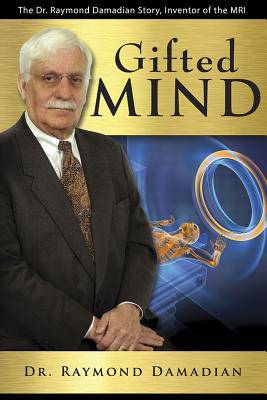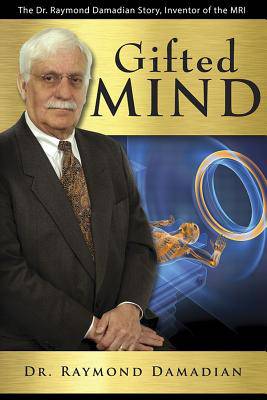
- Afhalen na 1 uur in een winkel met voorraad
- Gratis thuislevering in België vanaf € 30
- Ruim aanbod met 7 miljoen producten
- Afhalen na 1 uur in een winkel met voorraad
- Gratis thuislevering in België vanaf € 30
- Ruim aanbod met 7 miljoen producten
Zoeken
Gifted Mind
The Dr. Raymond Damadian Story, Inventor of the MRI
Raymond Damadian, Larry J Leech II, Jeff Kinley
Hardcover | Engels
€ 11,45
+ 22 punten
Omschrijving
In 1969, magnetic resonance imaging machines (MRIs) and similar technologies were just an idea in the visionary life saving technologies mind of a young Raymond Damadian. As a boy, he watched his grandmother die painfully from breast cancer, which would eventually play a role in his pursuit of a career in medical research and pioneering this amazing field.
Although in 1971 his concept of detecting tumors through MRIs was widely met with mocking skepticism, within six years he became the first researcher to do a scan of a human, creating technology to reveal cancer within the human body. His life has been an incredible journey of discovery that will help you learn:
[[How his concept for cancer detection was inspired and developed
[[Why faith remains an integral part of his work
[[Why he is a strong supporter of the creativity and freedom found in patents.
Specificaties
Betrokkenen
- Auteur(s):
- Uitgeverij:
Inhoud
- Taal:
- Engels
Eigenschappen
- Productcode (EAN):
- 9780890518038
- Verschijningsdatum:
- 1/10/2015
- Uitvoering:
- Hardcover
- Formaat:
- Genaaid
- Afmetingen:
- 163 mm x 235 mm
- Gewicht:
- 548 g

Alleen bij Standaard Boekhandel
+ 22 punten op je klantenkaart van Standaard Boekhandel
Beoordelingen
We publiceren alleen reviews die voldoen aan de voorwaarden voor reviews. Bekijk onze voorwaarden voor reviews.











